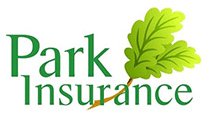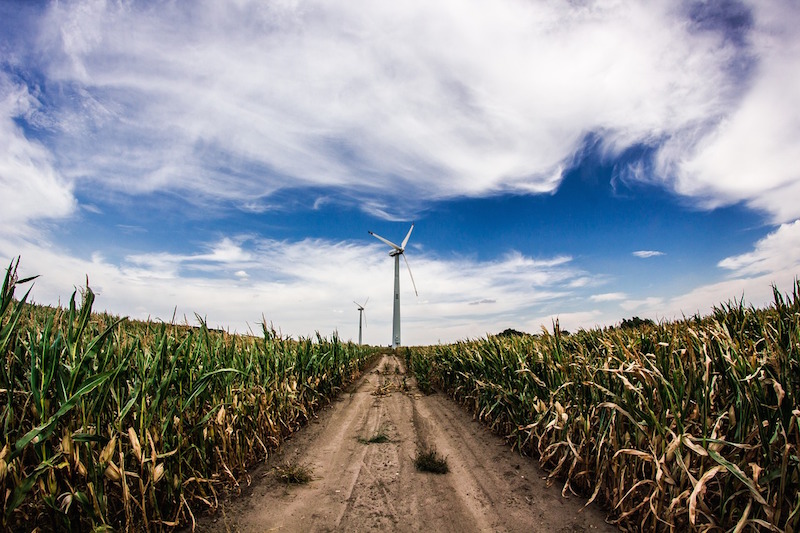Around the world, there are an estimated 4,000 blade failures every year, according to a report in Windpower Engineering. As more and more wind farms set up, this figure is likely to rise. Stoppage or reduced production can cost your business significant amounts. But planning for this risk, with regular maintenance and wind farm insurance can mitigate losses. If you run a wind farm, here’s our six-step guide to wind turbine maintenance to keep your sails turning.
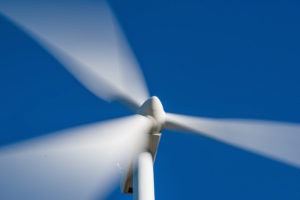 1) Why is wind farm maintenance essential?
1) Why is wind farm maintenance essential?
The saying goes ‘prevention is better than cure’, and that certainly rings true when it comes to running a wind farm. When you’re running a business, it can be tempting to save cash and put off doing any work until something breaks. However, this approach will generally cost a lot more in the long-term.
If you don’t take steps to maintain the wind turbines and systems, you could face significant financial costs:
- If something breaks, this can mean longer stoppages, which will have a negative impact on income.
- The repair work and replacement parts can cost more than maintenance work.
- There’s also a value to be placed on the negative public perception that can be generated when something goes wrong, or an accident occurs.
Instead, regular wind farm maintenance is essential to ensure optimum energy production and maximise income.
2) Regular scheduled maintenance explained
The timescale between each round of maintenance will depend on the scale of your wind farm and the equipment you use.
3) What is predictive maintenance for wind farms?
Predictive maintenance is a type of regular scheduled maintenance. This uses data analysis to identify any potential problems before they happen. For example, using the vibration data from components like the gearbox or generator can help to predict if something is about to break. Data can be combined with other external factors, like wind speed and temperatures, to create an accurate picture.
As well as preventing failures, and costly outages, this approach allows repair work to be planned, keeping you in control.
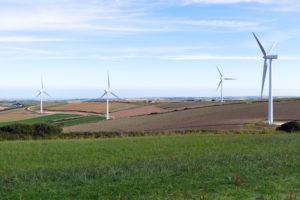 4) 24-hour monitoring
4) 24-hour monitoring
Technology makes it easy to track production and identify maintenance problems 24-hours a day even if there are no staff on site. This means problems can be identified and put right as quickly as possible.
5) Unscheduled maintenance
If something breaks or a wind turbine stops working efficiently, it will cost you money. The longer it takes to get the problem fixed, the bigger the financial impact. Put in place a robust supply chain for spare parts, so you know where to go if you need something in an emergency. This can save business your business outage time, and that means it can save you money too.
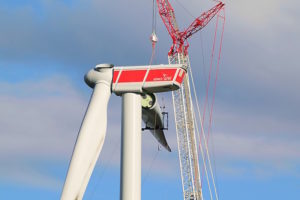 6) Take out wind farm insurance to manage the financial risk
6) Take out wind farm insurance to manage the financial risk
No matter how effective your planned and predictive wind farm maintenance schedule, things can and do go wrong. And that’s where insurance can help.
What insurance do I need for my wind farm?
Wind farm Insurance can be broken down into several areas.
- Material loss. This insurance covers damage, for example, as a result of fire, that results in financial costs. It can include property and contents. Because of the specialist nature of much of the machinery in a wind farm, you may also need to take out specialist equipment cover. If a piece of essential machinery is damaged, this insurance will pay for a repair or replacement so you can get back up and running as quickly as possible.
Significant risks that you’ll face on site are often as a result of human error or fire, so make sure these are included. You’ll need to factor in cover not just for the turbines, but for all associated equipment and buildings that are necessary for the smooth running of the wind farm.
Remember that the costs to the business resulting from damage do not stop at the expense of replacing or repairing the item. Make sure you accurately estimate the financial value in terms of lost income generation as well.
- Indemnity insurance. Indemnity insurance covers your business liability. For example, if someone is injured or property is damaged because of poorly maintained equipment, the business can be sued. Public liability insurance and essential employer’s liability insurance cover the business for these legal costs. You may also need to consider professional indemnity insurance. This is designed to pay the legal fees if a professional decision that is made results in a financial loss.
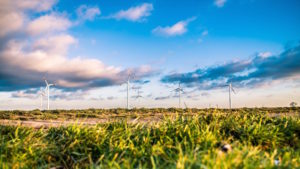 How much does wind farm insurance cost?
How much does wind farm insurance cost?
Wind farms vary in size, equipment, and location. As a result, the level of risk between each farm is different, and so is the cost of insurance. For example, if you run an off-shore wind farm, a specific risk that your business faces is damage occurring to subsea cables. 70-80% of insurance payouts relate to them according to The Maritime Journal.
Park Insurance specialises in working with wind farms to find the right level of cover at a value for money price. Our expert team understands the unique needs of wind farms on- and off-shore and will ask you all the right questions to understand your business risks. This helps us to find appropriate insurance that your business can rely on. Because we’re independent, we’re not tied to any one insurance company but can shop around to find you a value-for-money deal. If something goes wrong, your dedicated claims handler will take control, leaving you to concentrate on your job instead.
Conclusion
If you run a wind farm and you’re from the ‘if it ain’t broke, don’t fix it’ school of thought, it will probably cost you more in the long run. Take control and manage the risks you face with a planned schedule of maintenance and the right wind farm insurance.
For more advice, call our dedicated team Park insurance. We’ve been helping wind farm owners and managers to find the right cover at the best possible price. Call us on 0117 955 6835 or get in touch.
